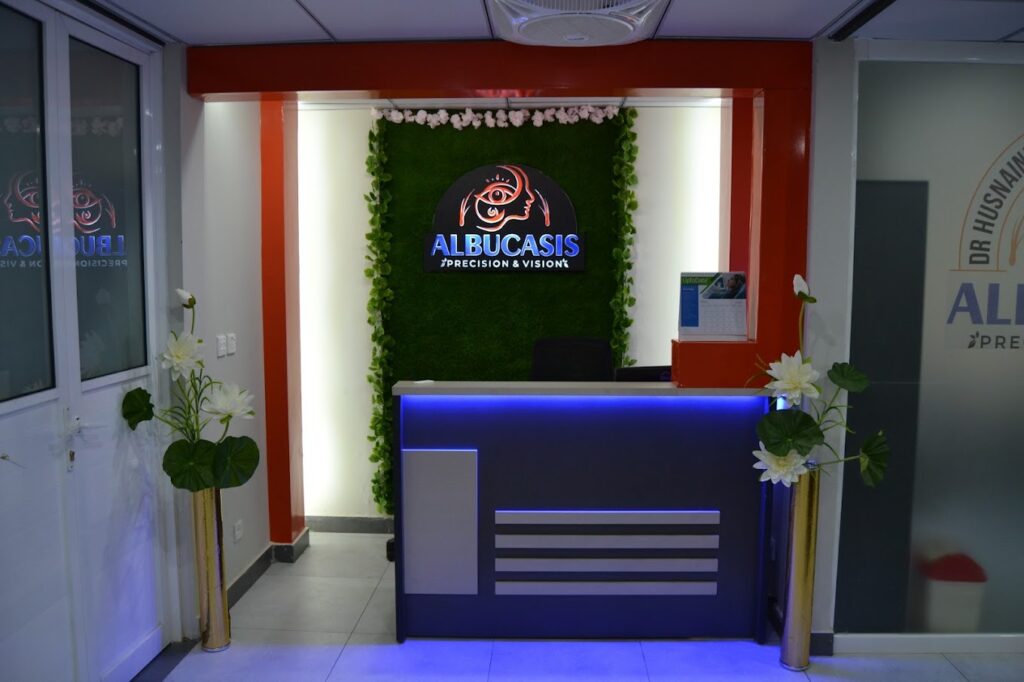Rhinoplasty: Everything You Need to Know
Rhinoplasty, commonly known as a nose job, is a surgical procedure that reshapes or enhances the nose for aesthetic or functional purposes. It can improve the nose’s size, shape, symmetry, and breathing function, helping individuals achieve a more balanced and harmonious facial appearance.
Ideal Candidates for Rhinoplasty
A good candidate for rhinoplasty is someone who:
- Is unhappy with the size, shape, or symmetry of their nose.
- Has breathing difficulties due to a deviated septum or structural abnormalities.
- Suffers from nasal deformities due to injury or congenital conditions.
- Is in good health with no underlying conditions that affect healing.
- Has fully developed facial features (typically 16+ for females, 18+ for males).
- Has realistic expectations about the results.
Why Do You Need a Rhinoplasty?
People opt for rhinoplasty for both cosmetic and medical reasons:
Cosmetic Reasons
- To refine nasal tip shape (bulbous, drooping, or asymmetrical).
- To reduce or remove a dorsal hump (bump on the nose bridge).
- To narrow or widen nostrils for better proportion.
- To correct asymmetry or disproportionate nose size in relation to facial features.
Medical Reasons
- To correct a deviated septum, improving airflow and breathing.
- To fix nasal fractures from accidents or injuries.
- To repair birth defects affecting nose function or structure.
- To alleviate chronic snoring or sleep apnea due to airway obstruction.
Types of Rhinoplasty
Rhinoplasty procedures can be classified based on the technique and purpose:
1. Open Rhinoplasty
- Involves an incision on the columella (tissue between nostrils).
- Provides greater access to reshape bone and cartilage.
- Ideal for complex nose reshaping and reconstruction.
2. Closed Rhinoplasty
- Incisions are made inside the nostrils, leaving no visible scars.
- Less invasive, with faster recovery.
- Best for minor shape corrections and nasal bridge refinement.
3. Functional Rhinoplasty
- Focuses on improving breathing by correcting structural issues.
- Often performed for deviated septum (septoplasty) or collapsed nasal valves.
4. Revision (Secondary) Rhinoplasty
- Corrects unsatisfactory results from a previous nose job.
- More complex than primary rhinoplasty due to scar tissue and structural changes.
5. Non-Surgical Rhinoplasty (Liquid Rhinoplasty)
- Uses dermal fillers to reshape minor nasal imperfections.
- Temporary results lasting 6-12 months.
- Ideal for small humps or asymmetry corrections without surgery.
The Procedure of Rhinoplasty
1. Consultation and Planning
- A plastic surgeon evaluates facial proportions and nasal structure.
- Digital imaging may be used to preview potential results.
2. Anesthesia
- General anesthesia or local anesthesia with sedation is used.
3. Incisions and Reshaping
- Depending on the technique, incisions are made inside the nostrils or across the columella.
- The bone and cartilage are reshaped, reduced, or augmented for desired aesthetics.
- If needed, grafts (from ear, rib, or synthetic materials) are used to enhance nasal structure.
4. Closing Incisions and Recovery
- Sutures are placed and a nasal splint is applied to support healing.
- Bruising and swelling last for 1-2 weeks, with full results visible after 6-12 months.
What Are The Benefits of Rhinoplasty?
- Enhanced facial harmony by improving nose proportion.
- Boosted self-confidence with a more attractive nose shape.
- Improved breathing function and nasal airflow.
- Correction of birth defects or injury-related deformities.
- Permanent results with proper surgical techniques.
Limitations of Rhinoplasty
- Results may take months to fully appear due to swelling.
- Perfection is not always possible—minor asymmetry may remain.
- Revision surgery might be needed if expectations are not met.
- Non-surgical rhinoplasty offers only temporary changes.
What Are The Risks of Rhinoplasty?
As with any surgery, rhinoplasty carries risks such as:
- Swelling, bruising, and discomfort in the first few weeks.
- Nasal asymmetry or dissatisfaction with final results.
- Breathing difficulties if healing leads to airway obstruction.
- Infection, bleeding, or scarring, though rare.
- Loss of nasal sensation or prolonged numbness in some cases.
Cost of Rhinoplasty
The cost of rhinoplasty depends on several factors:
- The surgeon’s expertise and reputation.
- The type of procedure (cosmetic vs. functional).
- Geographic location and hospital fees.
- Additional procedures required, such as septoplasty.
On average, rhinoplasty costs $5,000 to $15,000. Insurance may cover functional rhinoplasty (e.g., for breathing issues) but not purely cosmetic procedures.


